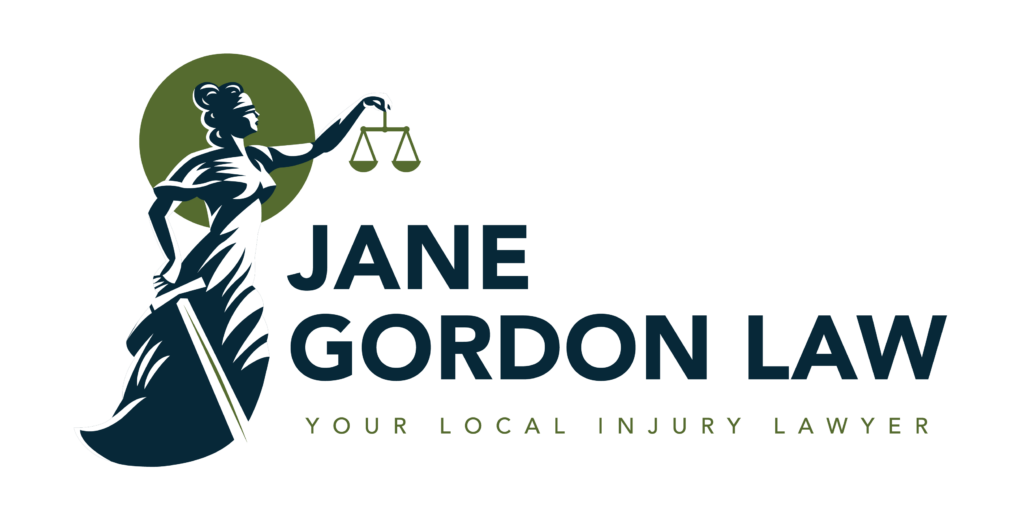
Motorcycle Accidents and Liability in Idaho: What You Need to Know
Motorcycle accidents can be a whirlwind of pain, confusion, and a big question: Who’s at fault? Figuring out liability isn’t just about pointing fingers — it’s essential for making sure you get the compensation you deserve for medical bills, lost wages, and other losses. But Idaho’s specific motorcycle accident laws, especially around fault, can make it tricky to navigate. Here, we’ll break down everything you need to know about determining fault in an Idaho motorcycle accident and what steps to take to protect your rights.
What Idaho’s Comparative Negligence Rule Means for Your Motorcycle Accident Case
One of the most important factors in motorcycle accident claims in Idaho is the state’s comparative negligence rule, also called comparative fault. Idaho follows a modified comparative fault system, meaning that a motorcyclist can recover damages only if they are less than 50% at fault for the accident. If you are found to be 50% or more responsible, you won’t be able to recover any compensation from other parties involved.
Under this system, each party involved in the accident is assigned a percentage of fault based on their actions. For instance, if a motorcyclist is found to be 20% at fault for speeding and the other driver is 80% at fault for failing to yield, the motorcyclist’s compensation will be reduced by their percentage of fault. So, if the damages total $100,000, the motorcyclist would receive $80,000 after the reduction. Understanding Idaho’s comparative fault rule is essential because it influences how much you can ultimately recover.
Common Causes of Motorcycle Accidents and Who May Be Liable
Motorcycle accidents often involve multiple contributing factors, which can complicate liability. Here are some common scenarios that influence liability.
- Driver negligence: Many motorcycle accidents occur because other drivers fail to notice motorcycles or fail to respect their right of way. Common examples of negligence include distracted driving, failure to check blind spots, speeding, or running a red light. In these cases, the driver may be held liable for the accident.
- Motorcyclist negligence: Sometimes, motorcyclists may share responsibility for the accident. Actions such as speeding, lane splitting, or not following traffic laws can contribute to a crash. In Idaho, even if a motorcyclist is partially responsible, they can still recover compensation as long as they are less than 50% at fault.
- Third-party liability: In some accidents, a third party may also share liability. For example, if a motorcycle accident is caused by defective motorcycle parts or improper maintenance by a repair shop, the manufacturer or repair shop may be held responsible. Similarly, if poor road conditions or unclear signage played a role, local government agencies could also be liable.

Evidence Needed to Establish Liability in Motorcycle Accidents
Proving liability in a motorcycle accident case requires solid evidence. Here are key types of evidence that strengthen your case.
- Police reports: Obtaining a police report is crucial as it provides an official account of the accident, including witness statements and any initial assessment of fault. This report is a foundational document that insurance companies and courts may refer to when determining liability.
- Photographic and video evidence: Visual evidence of the accident scene, vehicle damage, road conditions, and injuries is highly valuable. Photos or videos can capture details that support your version of events, making it harder for the other party to dispute your claim.
- Eyewitness testimonies: If there were witnesses at the scene, their statements can help clarify what happened and support your case. Be sure to get contact information from anyone who saw the accident to allow your personal injury attorney to follow up.
- Expert testimony: Accident reconstruction experts can analyze evidence from the scene to recreate the accident. Their input can be especially helpful in complex cases where fault is disputed since they can provide a professional assessment of how the accident likely occurred.
Steps to Take After a Motorcycle Accident to Protect Your Claim
Taking the right steps immediately after a motorcycle accident can make a big difference in protecting your claim. Here’s what you should do after being involved in an accident:
1. Seek immediate medical attention. Prioritize your health by seeking medical care, even if you feel fine. Some injuries may not be immediately visible, and having a record of medical treatment helps support your claim. It also allows a professional to preemptively look for any long-term consequences that could rack up medical bills down the road.
2. Report the accident to law enforcement. Call the police to report the accident and ensure that a report is filed. As already mentioned, this official documentation is a valuable resource when determining liability and legitimizes your claim.
3. Document the accident scene. If possible, take photos of the accident scene, your injuries, and any damage to your motorcycle. Collect contact information from witnesses and preserve any evidence that may be relevant.
4. Consult with a motorcycle accident attorney. Seek legal guidance promptly to protect your rights. A personal injury attorney with motorcycle accident experience can help you navigate the complexities of fault, gather necessary evidence, and advocate for your best interests.
These steps can help you build a strong case and avoid common mistakes that might weaken your claim.
How Insurance Companies Impact Motorcycle Accident Claims
Insurance companies play a significant role in motorcycle accident claims, and navigating their procedures can be challenging. Insurance adjusters often try to downplay the extent of injuries or even shift some blame onto the motorcyclist to reduce the payout. This is especially common in motorcycle accidents, where adjusters may unfairly stereotype motorcyclists as high-risk drivers.
The percentage of fault assigned to you also impacts how much the insurance company is willing to pay. If they believe you share any responsibility for the accident, they may lower their settlement offer accordingly. Understanding Idaho’s comparative fault rules and having strong evidence on your side can help counter these arguments and potentially increase your compensation.
Handling insurance negotiations alone can be difficult, particularly if you are focused on recovering from injuries. An experienced personal injury attorney will take over communications with the insurance company, preventing them from minimizing your claim with tactics or using any statements you make against you. With legal representation, you’ll have a much stronger chance of leveling the playing field with insurers and ultimately improving your chances of a fair settlement.
Navigate Your Motorcycle Accident Claim with Our Support
Determining liability in a motorcycle accident can be complex, especially with Idaho’s comparative fault rules. Understanding how fault is calculated and collecting the right evidence are essential to securing the compensation you deserve. Working with an experienced attorney can make this process more manageable, as they will advocate for you, negotiate with insurance companies, and help you recover damages for your losses.
If you’ve been involved in a motorcycle accident, contact Jane Gordon Law today for a free consultation. Our team is here to guide you through each step and ensure your rights are protected!

